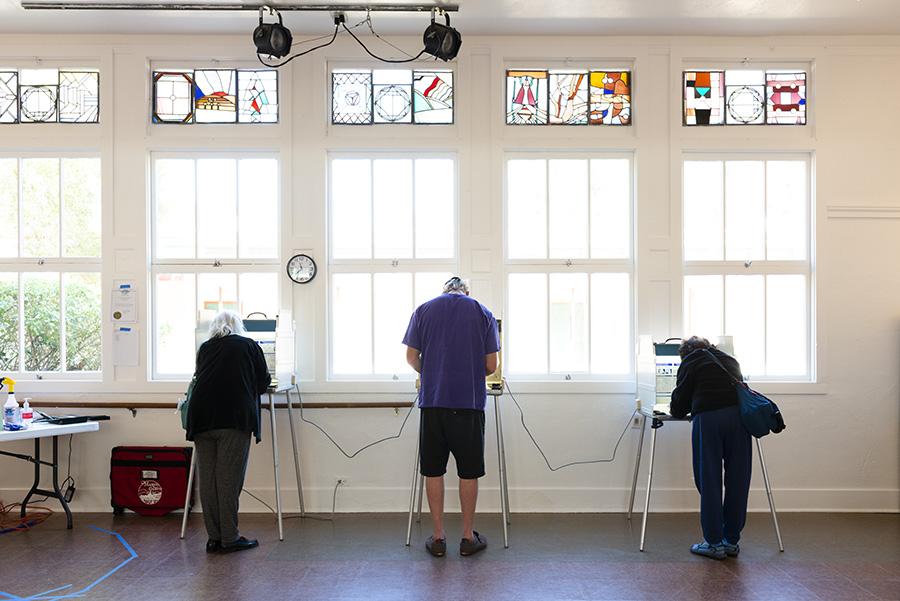Regardless of the outcome of the 2020 presidential election, many West Marin residents are disturbed that the race is even close. What they hoped . . .
West Marin grapples with heavy election


Regardless of the outcome of the 2020 presidential election, many West Marin residents are disturbed that the race is even close. What they hoped . . .